I have a large image (5400x3600) that has multiple CCTVs that I need to detect.
The detection takes lot of time (4-7 minutes) with rotation. But it still fails to resolve certain CCTVs.
What is the best method to match a template like this?
I am using skImage - openCV is not an option for me, but I am open to suggestions on that too.
For example: in the images below, the template is correct matched with the second image - but the first image is not matched - I guess due to the noise created by the text "BLDG..."
Template:

Source image:

Match result:
